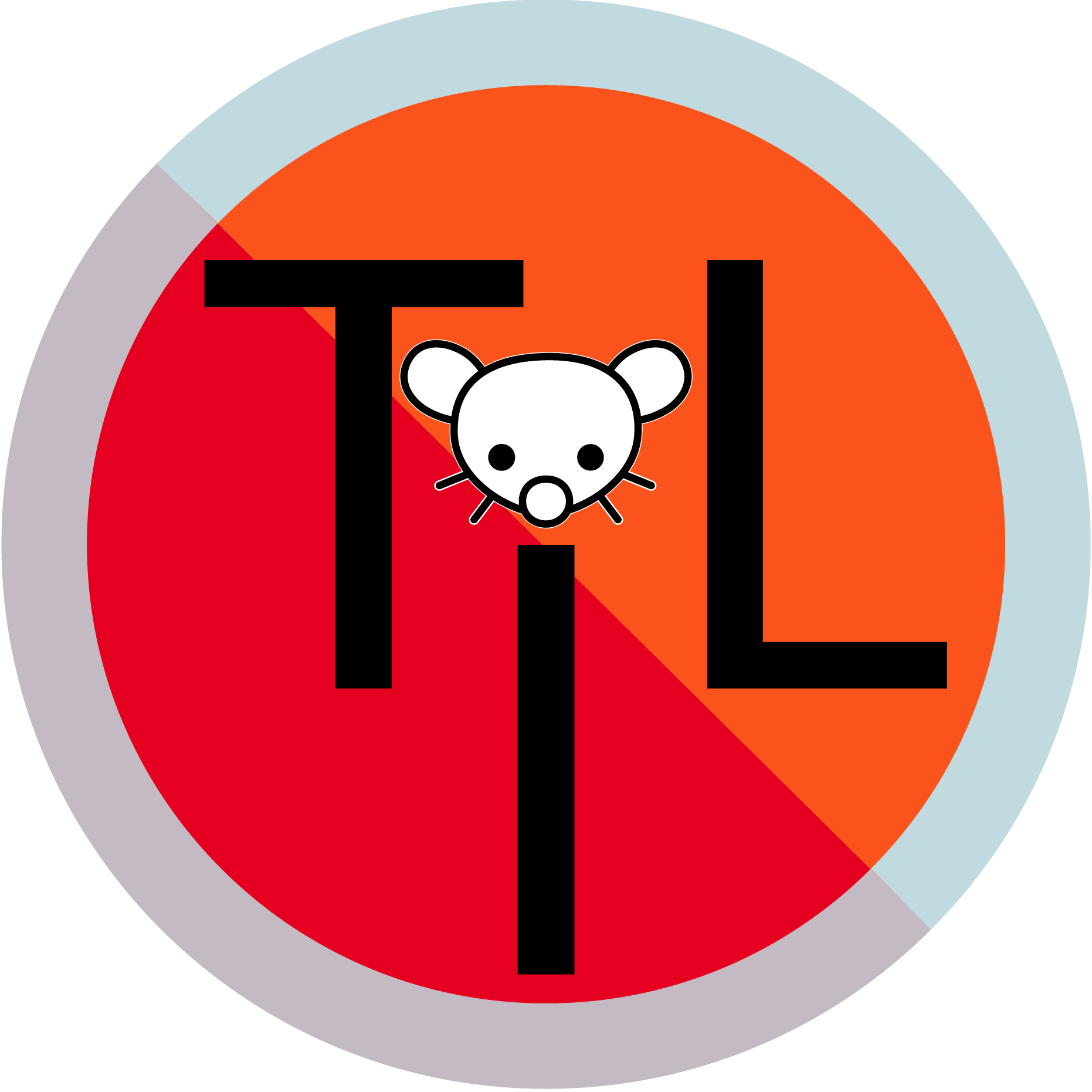This isn’t true. Go look up the definition for either word, and it doesn’t comport with the usage rules claimed.
https://www.merriam-webster.com/dictionary/labyrinth
https://www.merriam-webster.com/dictionary/maze
If you do want to draw a sharp distinction in modern usage, you could posit that a labyrinth is a type of maze that was made intentionally and can be walked through.
The real TIL is always in the comments
This could just be due to usage change over time, similar to how “literally” can mean the same thing as “figuratively” now a days. But I’m not an etymologist.
I would guess that it’s actually a jargonification of extant words.
Merriam Webster includes a neat etymology section on the definitions I linked, that traces both words to the Renaissance (ish). The entry for “maze” does note an alternate definition as a neurological test with at least one dead end, but (1) that doesn’t match the claim OP’s article headline makes and (2) scientific jargon is not common English.
(If jargon WERE common English, we’d have an entirely different argument about tomatoes being fruits or vegetables.)
Obligatory

Why is everyone fully clothed in that Oglaf strip?
Every now and then, he makes a funny one.
Comic is Oglaf. It’s brilliant, but quite NSFW. That is one of the relatively few SFW strips.
Yeah I don’t think this is true, certainly nothing else I’ve seen indicates that this is a defined difference. Hell the page itself seems to disprove the theory in multiple places. As does the origin of the word Labyrinth. After all if Theseus was in a labyrinth with one single path why did he need a string to find his way back?
So there was only one path, and it was always gonna lead to the Minotaur…
Talk about getting screwed.
Labyrinths have sexy Bowie goblins and mazes don’t duh
The article links to a Wikipedia page for mazes. The first line of that page says this
A maze is a path or collection of paths, typically from an entrance to a goal. The word is used to refer both to branching tour puzzles through which the solver must find a route, and to simpler non-branching (“unicursal”) patterns that lead unambiguously through a convoluted layout to a goal
Did anyone else always start at the end and head toward the start? (For mazes on paper)
It’s almost always easier to complete when you go backwards.
I always stick to a side of the walls of the, mmm, “maze” to get to the end
I love mazes that intentionally defeat this method.
The method can’t be “defeated”. It ALWAYS works. But some do slow it down enough that it’s probably quicker to just guess and backtrack.
Sorry I lack the time to make something more complex or even enjoyable at the moment, but this should be enough for you to understand how easy defeating that strategy can be.

Good example





